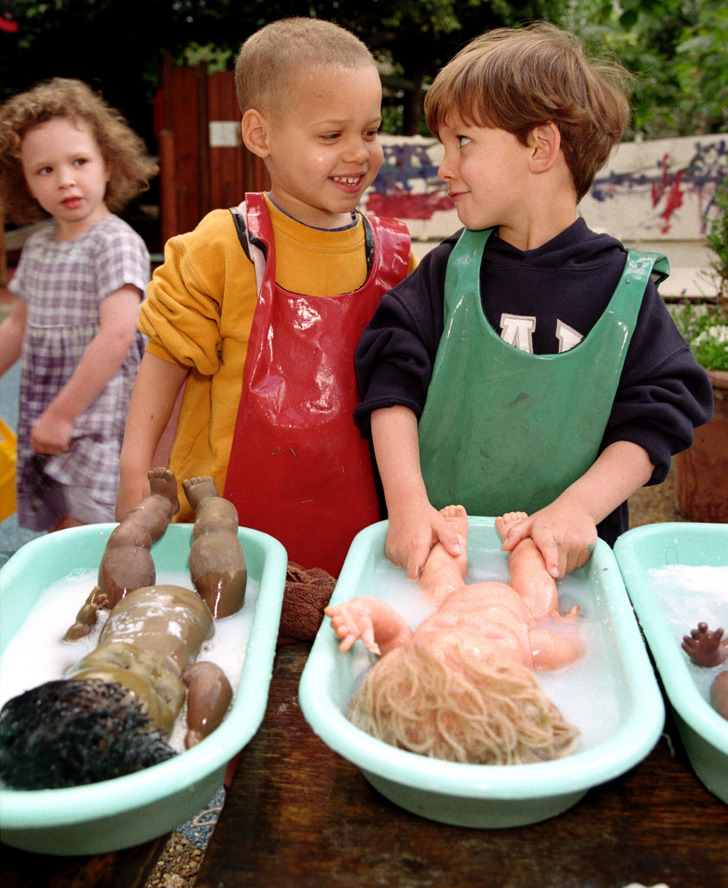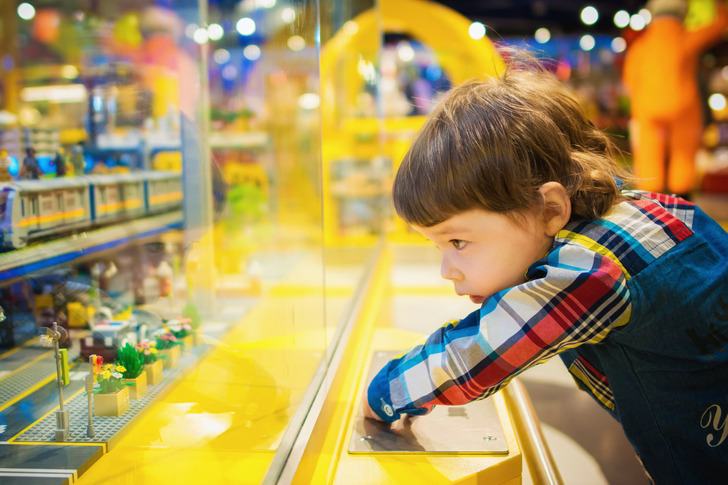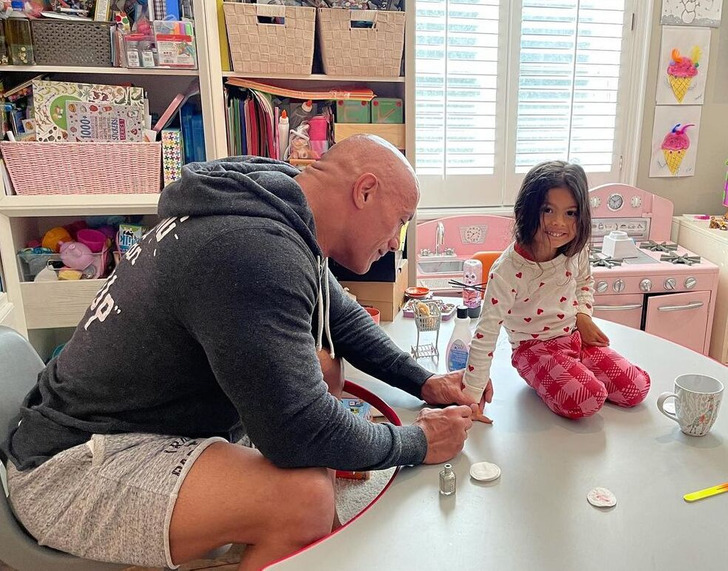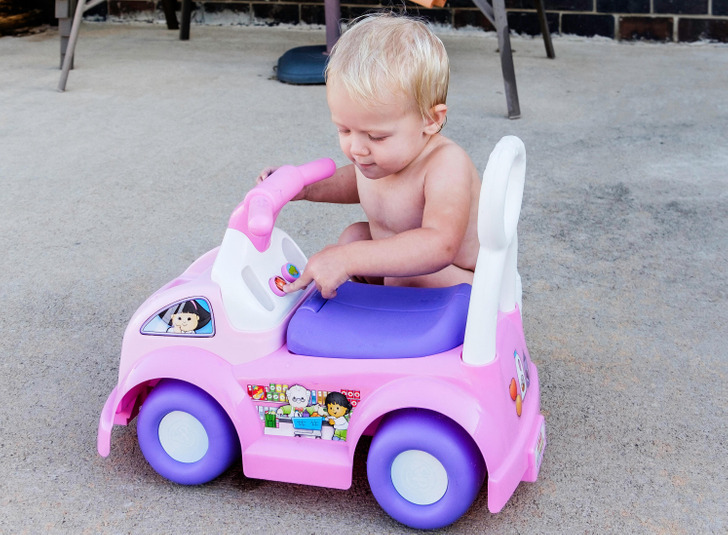Gendered toys may have negative effects on children’s development by limiting their interests and perpetuating outdated stereotypes. It’s important to provide children with a diverse range of toys and play experiences to help them develop their skills and understanding of the world, without imposing gender stereotypes on them.
It might keep children from learning new skills.

Toys are more important than they seem as they play a crucial role in children’s learning and development. For instance, dolls and pretend kitchens teach children about cognitive sequencing of events and language skills, while building toys like Lego and puzzles develop spatial skills, which are fundamental to math learning. However, restricting children’s access to a diverse range of toys might limit their exploration and growth.
It may limit their future choices.

When children are given gender-specific toys, it can limit their imagination and creativity, hindering their ability to think innovatively. Stereotyped toys may restrict children’s cognitive abilities, which could impact their future career choices. While women are increasingly becoming part of the workforce, dolls marketed to girls still typically portray fantasy roles, such as princesses and pop stars, rather than reflecting realistic careers.
Unfortunately, these unrealistic portrayals extend to dolls marketed to boys as well. Dolls provide children with an opportunity to explore various occupations, but the current trend of promoting unrealistic professions may not be helpful.
Gendered toys affect the way children view their interests.

As play is essential for childhood development, providing children access to a diverse range of toys and play experiences regardless of gender, can enhance their sensory, gross, and fine motor skills, and help them understand the world and their role in it. Typically, toys marketed to boys are associated with adventure, action, and aggression, while those marketed to girls tend to be passive and focused on appearance, creativity, and nurturing. Girls’ toys often involve indoor activities such as grooming dolls or horses, painting, art, or caring for baby dolls.
Toys weren’t always gendered.






